Sure, coastal trail hiking can test you in ways that no other terrains do. I mean, as someone who has stumbled over sandy dunes and marveled at the crashing waves, I can relate to any uncertainties you might have.
However, armed with insights gained from many sunsets watched and miles traversed along various coastlines, not to mention some good old fashioned research, I’ve compiled seven tried-and-true tips for your beach backpacking adventure.
Let’s walk this sandy path together for a thrilling – but still safe – escapade ahead!
Key Takeaways
- Coastal trail hiking is more than just walking on the sand. It involves traversing various terrains and offers stunning views along the way.
- Important gear preparations for coastal trail hiking include wearing gaiters, using hiking poles, waterproofing everything, bringing gloves, wearing good boots, carrying a tide table, and learning to pitch your tent in the sand.
- Be prepared for hot and cold weather during your hike by layering clothing appropriately and embracing the mud that may be encountered on coastal trails.
- Practice hygiene and safety measures such as dealing with sand without stress, taking preventive measures against blisters, keeping your sleeping bag dry, and securing your food properly.
Comprehensive Guide to Coastal Trail Hiking
Coastal trail hiking is all about the beach, bluff edges, and hillsides. It’s more than a walk on the sand! For instance, Cabrillo National Monument offers a great start. This short one-mile round trip hike has an easy to moderate difficulty level.
The best part of coastal trail hiking is that it takes you across different terrains. You’ll see some amazing views along the way. On your hike, you might cut through forests or climb up rocky slopes before going down to sandy beaches.
So get ready for fun but expect hard work too!
Gear Preparation
When it comes to gear preparation for coastal trail hiking, there are several key items you should consider bringing along.
Wear gaiters
Gaiters are top gear for coastal trail hiking. They cover your feet and lower legs so you stay dry and comfy. They keep out mud and water from your shoes. They also stop cuts from rocks and plants on the trail.
Different types of gaiters exist to suit different needs. For a light hike, choose lightweight hiking gaiters. If it pours rain or if trails are wet, pick waterproof boot gaiters. So get some gaiters before you hike! It’s one key part of good gear prep for a fun, safe time on the coast.
Use hiking poles
Hiking poles are my go-to tool on the trail. They make hiking easier by taking some stress off my back and legs. Using them can reduce strain on knees by up to 25%. This is a big help when I’m going uphill or downhill.
Plus, they give me extra balance and keep me safe from falls. In an emergency, these sticks even work as first aid tools! So, it’s always smart to have a pair of hiking poles in your gear bag.
Waterproof everything
Waterproofing your gear is crucial for a successful hiking adventure. It’s important to protect your belongings from rain and moisture. Make sure you have waterproof clothing, backpacks, footwear, tents, and storage options like dry bags.
This will keep your electronics and other valuables safe and dry even in wet conditions. Being prepared with waterproof gear ensures that you can enjoy your hike without worrying about water damage or discomfort.
So remember to waterproof everything before hitting the trail!
Bring gloves
Gloves are a must-have when it comes to coastal trail hiking. They provide protection for your hands while you’re off-trail or scrambling over rocks. Whether you’re exploring the rugged cliffs of Patagonia or just going on a local hike, gloves are considered essential gear.
They not only keep your hands warm but also come in handy for repairing gear, preparing food, and handling emergencies. So don’t forget to pack a pair of sturdy gloves for your next coastal adventure!
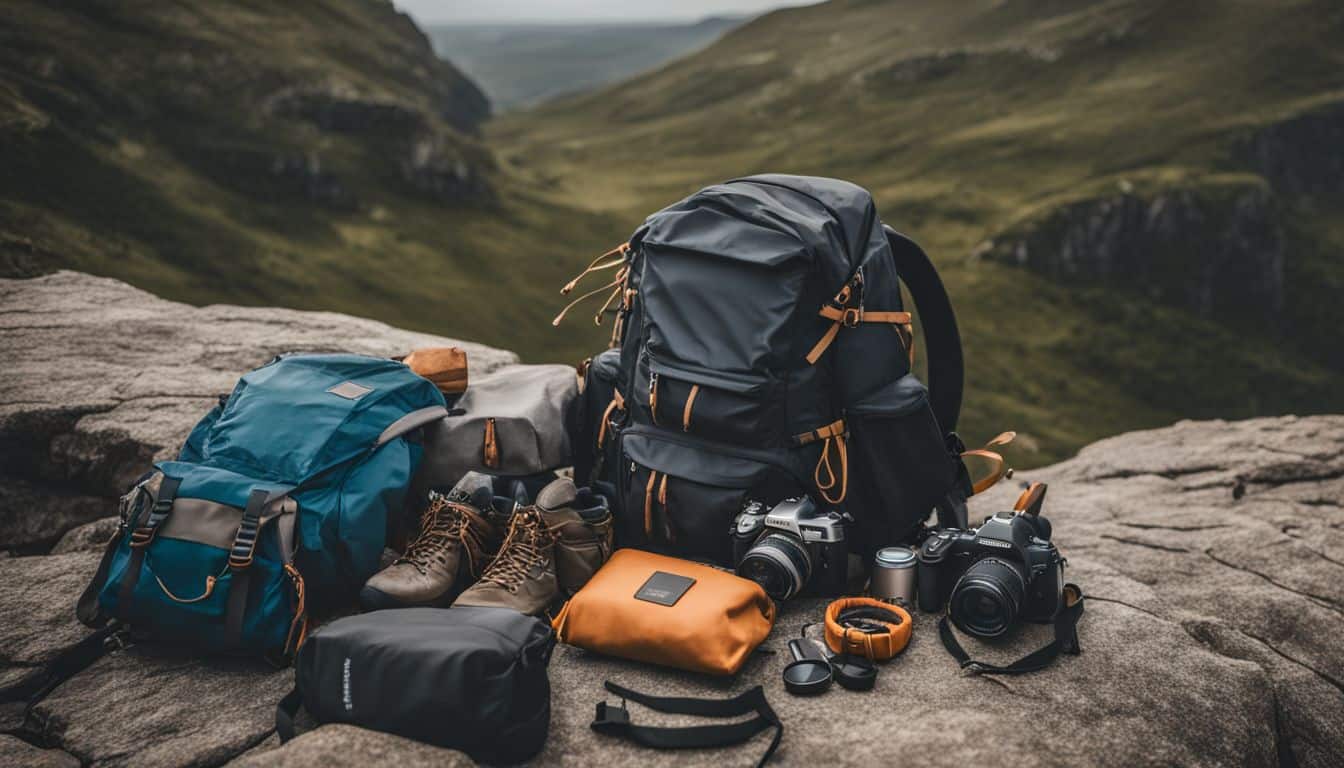
Wear good boots
When hiking on the coastal trail, it’s crucial to wear good boots for foot support, protection, and traction. Good boots will keep your feet comfortable and prevent injuries on uneven terrain.
You can choose between hiking shoes or trail runners based on your preference and the level of ankle support you need. According to another source mentioned in this article, hiking shoes or trail runners may be a better option than traditional hiking boots.
It’s also important to consider factors like materials, fit, and durability when choosing your boots. Investing in good boots and socks is essential for long-distance walking or thru-hiking adventures.
Carry a tide table
Carrying a tide table is crucial for coastal hiking. It helps you know the timing of high tide, which is important for several reasons during your hike. By checking the tide schedule, you can plan certain hikes that require low tide, like exploring hidden caves or crossing rocky areas safely.
Carrying a tide table ensures you are aware of any potential dangers or obstacles posed by the tides along your route. So, don’t forget to pack a tide table and always check it before heading out on your coastal adventure!
Learn to pitch your tent in the sand
Pitching a tent in the sand can be a bit tricky, but with practice and preparation, it’s definitely achievable. When selecting your campsite, make sure to choose an area that is away from high tide zones and above the high water mark.
This will help keep your tent safe from waves and potential flooding. Additionally, use stakes or sandbags to secure your tent in the sand to prevent it from blowing away in strong winds.
If you’re using a double-wall backpacking tent, set up the inner mesh tent first to keep out bugs and then pitch the rainfly for added weather protection. Remember to shake out any sand before packing up your tent to avoid bringing unwanted grains with you on your hike!
Weather Considerations
Be prepared for hot and cold weather, and embrace the mud.
Prep for hot and cold weather
Coastal hiking can bring unpredictable weather, with temperature fluctuations between hot and cold conditions. As a hiker, it’s important to be prepared for both extremes. Layering is key to staying comfortable on the trail.
Start with a moisture-wicking base layer, add insulating layers like fleece or down jackets, and top it off with a waterproof outer shell in case of rain or wind. Adjusting your gear accordingly will make all the difference in adapting to changing weather conditions during your coastal hike.
When it comes to cold weather preparation, modify your warm-weather hiking gear by adding extra insulation and protection. Consider wearing thicker socks and insulated boots to keep your feet warm.
Use gloves or mittens to protect your hands from frostbite. Remember that even though you may start the hike feeling chilly, as you work up a sweat, shedding layers will help regulate body temperature.
On the other hand, when planning for hot weather conditions, choose lightweight and breathable clothing materials that wick sweat away from your body. Opt for wide-brimmed hats or sun hats that provide shade for your face and neck while allowing ventilation.
Don’t forget sunglasses and sunscreen! And most importantly, stay hydrated by drinking plenty of water throughout the hike.
Embrace the mud
Hiking on coastal trails means dealing with uneven terrain and unpredictable weather. One aspect that hikers need to embrace is the mud. Coastal trails, like the North Coast Trail, are notorious for their muddy conditions.
As an experienced hiker, I have encountered my fair share of muddy patches along these trails. It can be challenging to navigate through slippery and mucky sections without the right gear or mindset.
However, instead of letting it discourage you, I encourage you to embrace the mud. Use hiking poles for stability and wear gaiters to keep your legs dry and protected from splashes.
Hygiene and Safety
Take the stress out of dealing with sand by using a small brush to remove it from your body and gear.
Don’t stress about sand
When hiking along the coastal trail, it’s important not to stress about sand. Sure, it can get everywhere and be a bit annoying, but there are ways to deal with it. One tip is to wear gaiters, which can help keep sand from getting into your shoes and socks.
Using hiking poles can also be helpful in navigating sandy terrain and providing extra stability. And don’t forget to wear closed-toe shoes, as recommended by Great Sand Dunes National Park and Preserve! So embrace the sandy conditions and focus on enjoying the beautiful coastal scenery instead of stressing about the sand.
Beware of blisters
As a hiking enthusiast, it’s important to be aware of blisters and take preventive measures. I’ve tested various hiking footwear and have gathered some pro tips to help you avoid blister troubles on the trail.
First, invest in a quality blister kit that includes blister tape, as it can manage hotspots and prevent new blisters from forming. Additionally, applying Vaseline or moleskin to problem areas can provide extra protection.
It’s also crucial to wear proper socks made for hiking, as they can significantly reduce friction and moisture buildup. By taking these precautions, you’ll be able to enjoy your coastal trail hike without any painful blisters slowing you down!
Keep your sleeping bag dry
Keeping your sleeping bag dry is crucial when hiking on coastal trails. Not only does it help maintain hygiene, but it also ensures your safety. To achieve this, there are a few tips you can follow.
First, consider using the trash bag method – lining the inside of your backpack with a large trash bag to protect your gear from moisture. Additionally, invest in waterproof stuff sacks or dry bags for extra protection.
It’s also a good idea to use waterproof over mittens to keep your hands dry while setting up camp or handling wet gear. Moisture control is essential when hiking in coastal environments, so make sure to take necessary precautions to keep your sleeping bag and other gear dry throughout your journey.
Secure your food
When hiking on the coastal trail, it’s important to secure your food to ensure hygiene and safety. One tip is to properly plan your meals and pack them in a way that prevents cross-contamination.
Keep raw meats separate from ready-to-eat foods to avoid any potential contamination. Another important aspect is proper chilling of cold foods and promptly putting leftovers back into the cooler.
This helps maintain food temperature and prevent any spoilage or foodborne illnesses. Additionally, practicing good hand hygiene by washing your hands often, especially before and after eating, is crucial for maintaining cleanliness on the trail.
Environmental Awareness
Respect the land and leave no trace principles, ensuring a sustainable hiking experience for generations to come. Discover more ways to protect our coastal trails and make a positive impact on the environment.
Respect indigenous land
Indigenous land is important and deserves our respect. Native communities have a deep understanding of how to sustainably manage and preserve natural resources. They have valuable knowledge and cultural worldviews related to the environment.
It’s essential to appreciate their environmental values and conservation initiatives. By respecting indigenous land, we can learn from generational environmental stewardship and traditional ecological knowledge.
Indigenous-led organizations play a crucial role in driving conservation efforts, preserving natural resources, and protecting the environment for future generations. Let’s honor their wisdom by supporting these initiatives and partnering with them in our own hiking adventures along coastal trails.
Leave no trace principles
When hiking along coastal trails, it is important to remember the Leave No Trace principles for sustainable and responsible outdoor recreation. These principles aim to conserve natural spaces and minimize environmental damage.
One key principle is to concentrate your use on existing trails and campsites, preventing further erosion and preserving the ecosystem. Walking single file in the middle of the trail helps prevent widening and preserves vegetation.
It’s also essential to keep campsites small, leaving a minimal footprint behind. Proper waste management is crucial too – carry out your trash and dispose of it in designated areas to maintain cleanliness and protect wildlife habitats.
Water Preparation
Prepare for tea-colored water and ensure your safety by using water filters. Don’t compromise on hydration during your coastal trail hike. Discover more helpful tips for a successful hiking experience!
Prep for tea-colored water
Tea-colored water can sometimes be found along the Coastal Trail. It’s important to be prepared and bring plenty of drinking water with you on your hike to avoid drinking unsafe water.
Mountain streams, river water, and lake water may look tempting, but it’s best to leave them for the park wildlife. Remember, this article doesn’t provide specific tips on how to prepare for tea-colored water, so it’s essential to prioritize bringing enough clean drinking water with you.
Use water filters for safety
When hiking along coastal trails, it’s important to prioritize your safety, especially when it comes to drinking water. One way to ensure safe hydration is by using water filters. Portable water filters can help remove harmful microorganisms and contaminants from natural water sources like rivers and streams.
It’s essential to choose a filter that is certified by NSF Standards 53 or 58 as these are designed to remove parasites if used properly. Good filters will also eliminate protozoa and bacteria such as Giardia, cryptosporidium, and salmonella.
Look for carbon filters that not only remove chemicals but also improve the taste of the water. Filters labeled as “absolute one micron” or those that use reverse osmosis are highly recommended by the American National Standards Institute (ANSI).
Trailhead Transportation
Plan trailhead transportation in advance to ensure a smooth start to your coastal trail hiking adventure. Don’t miss out on the tips and advice that will help you achieve success on the trails.
Plan trailhead transportation in advance
Trailhead transportation is a crucial aspect of coastal trail hiking. As a hiking enthusiast, it’s important to plan your transportation in advance for a successful and stress-free experience.
Whether you need a shuttle service or have to arrange your own transportation, it’s essential to have everything sorted before hitting the trail. Consider researching options for coastal trail access and find out if there are any shuttle services available.
A backpacker’s guide can also provide helpful tips and insights on loop hikes and trail shuttle arrangements, making your transportation logistics easier to manage. So remember, planning ahead will ensure that you can focus on enjoying the hike without worrying about how to get there or back.
Enjoying the Experience
Take breaks along the coastal trail, allowing yourself time to rest and soak in the stunning scenery that surrounds you.
Take breaks and enjoy the scenery
When hiking along the coastal trail, it’s important to take breaks and truly appreciate the beautiful scenery around you. Stepping away from our busy lives and immersing ourselves in nature can have a positive impact on our well-being.
So, find a comfortable spot, sit down for a while, and soak in the fresh air and stunning views. Take this time to recharge your body and mind, allowing yourself to fully connect with the natural world.
Remember that hiking is not only about reaching your destination but also about enjoying the journey itself. So, don’t rush through it; take breaks along the way to savor every moment of this adventure-filled experience.
Hiking has been proven to provide numerous health benefits such as reducing stress levels, improving mental clarity, boosting mood, and increasing overall fitness. By taking breaks during your hike and appreciating the beauty of nature surrounding you, you allow yourself to fully reap these rewards.
Take photos and appreciate the coastal beauty
Coastal trails offer a wonderful opportunity to capture the stunning beauty of the ocean, seashore, and scenic landscapes through photography. Whether it’s the breathtaking views along the West Coast Trail in British Columbia or the sandy beaches and tide pools of California, there are endless possibilities for capturing nature’s wonders.
Even if you’re new to hiking, you can still enjoy and document the coastal beauty by bringing your camera along. Soak in the seaside vistas, explore hidden beaches and cliffs, and let your lens capture all the beauty that coastal trails have to offer.
Don’t forget to celebrate your achievement once you’ve captured those amazing shots!
Celebrate Your Achievement
After completing the challenging coastal trail hike, take a moment to celebrate your achievement and reflect on the incredible experience you just had.
Celebrate reaching your hiking goals
Reaching your hiking goals is a big accomplishment. It’s important to celebrate all the hard work and effort you put into achieving them. Whether it’s completing a long-distance trail or conquering a challenging hike, take the time to acknowledge your achievement.
Celebrating provides a sense of fulfillment and motivates you to continue pushing yourself in your outdoor adventures. Reflect on the physical fitness and mental clarity that hiking has brought into your life, as well as the joy of exploring new places and connecting with nature.
So go ahead, celebrate reaching your hiking goals and embrace the rewards that come with accomplishing something great in the great outdoors!
Conclusion on Coastal Trail Hiking Advice
In conclusion, by following these 7 proven tips for coastal trail hiking, you’ll be well-prepared to tackle any beach backpacking adventure. From wearing the right gear and being aware of weather conditions to practicing good hygiene and respecting the environment, these tips will ensure a safe and enjoyable experience.
So grab your backpack, hit the trails, and celebrate your achievement in conquering the coastal wilderness!
FAQs on Coastal Trail Hiking Advice
1. Is it necessary to have hiking experience for coastal trail hikes?
No, prior hiking experience is not necessary for coastal trail hikes. However, it’s important to start with shorter and easier trails if you’re a beginner.
2. What essential items should I bring for a coastal trail hike?
Some essential items to bring for a coastal trail hike include proper footwear, sunscreen, water bottle, snacks, a map or GPS device, and a first aid kit.
3. Are there any safety precautions I should take while hiking the coastal trail?
Yes, it’s important to stay on marked trails, be aware of tides and weather conditions, watch out for slippery surfaces near cliffs or rocks, and let someone know your hiking plans.
4. How can I prepare physically for a long coastal trail hike?
To prepare physically for a long coastal trail hike, you can start by gradually increasing your walking distance and incorporating regular exercise routines that focus on cardiovascular fitness and leg strength.
5. What are some recommended coastal trails for beginners?
Some recommended coastal trails for beginners include the California Coastal Trail in Big Sur State Park or the Cape Lookout Trail in Oregon.

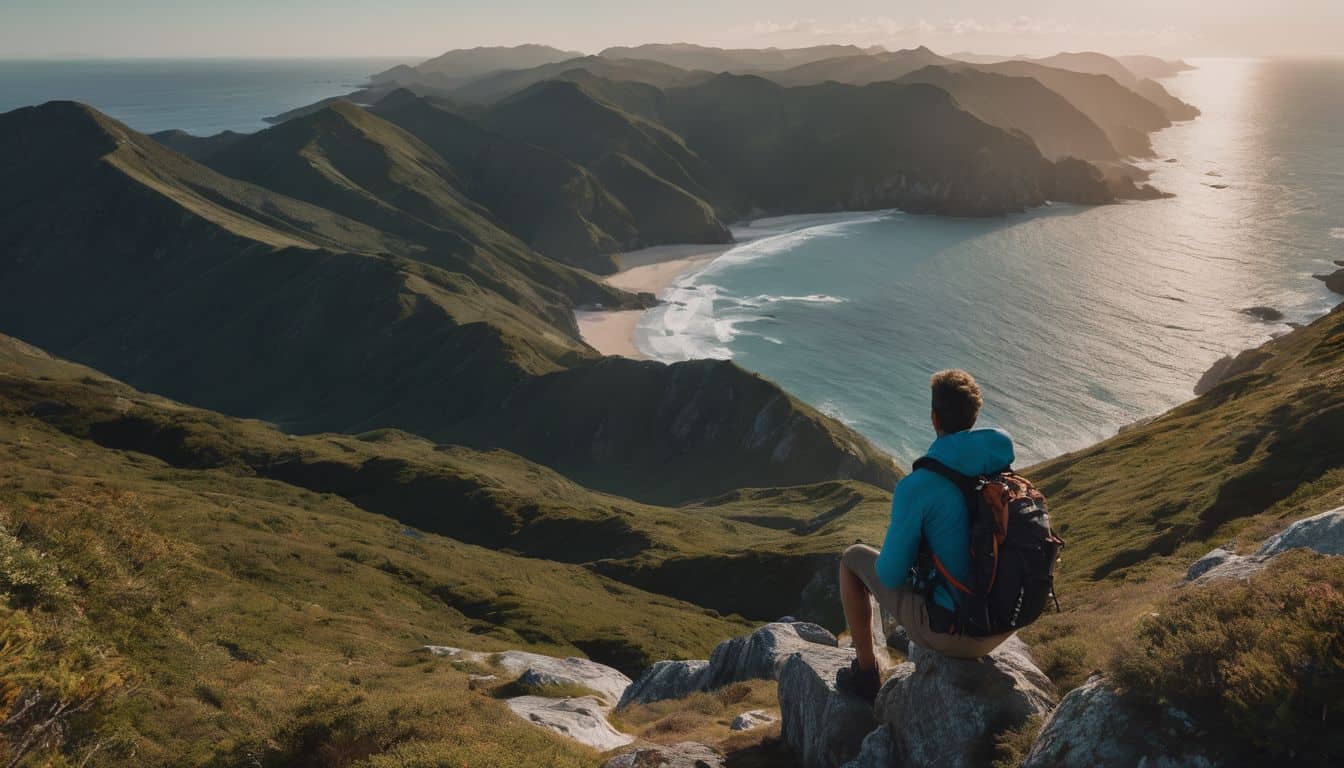
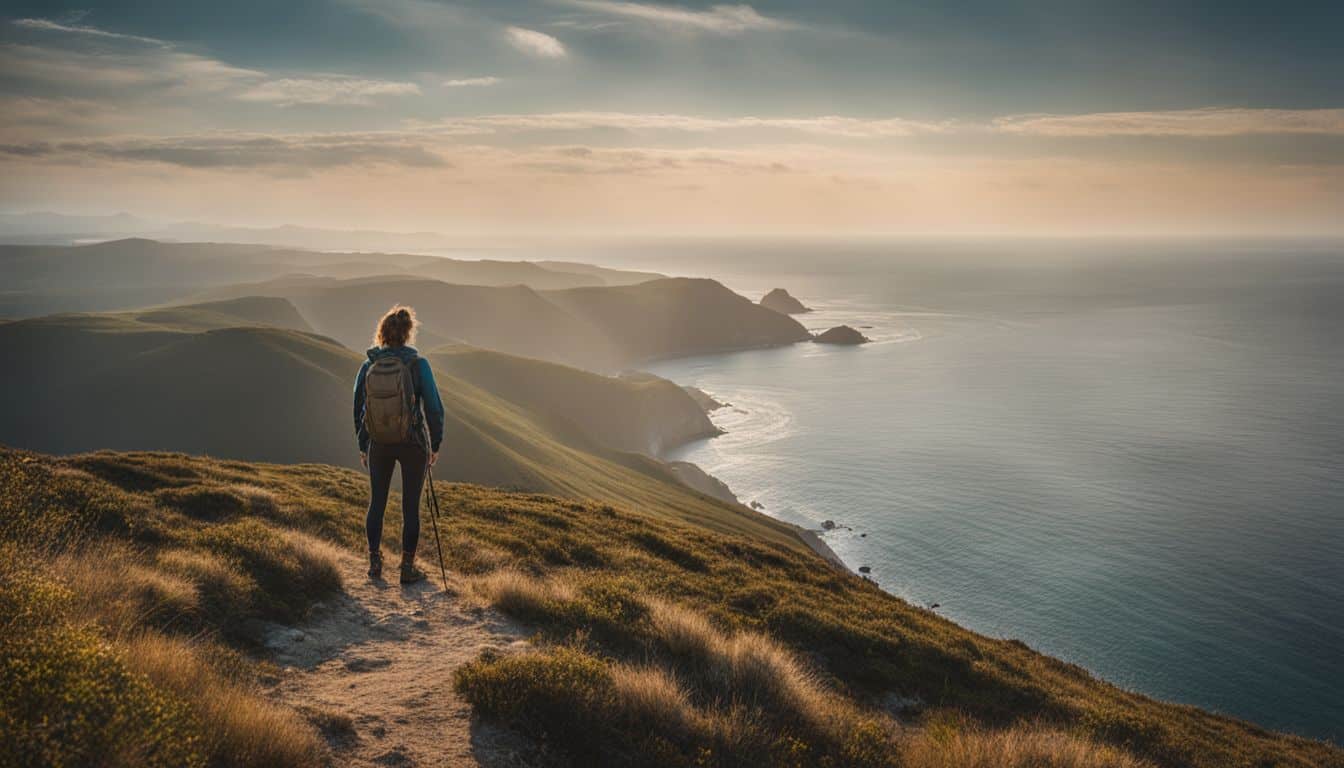
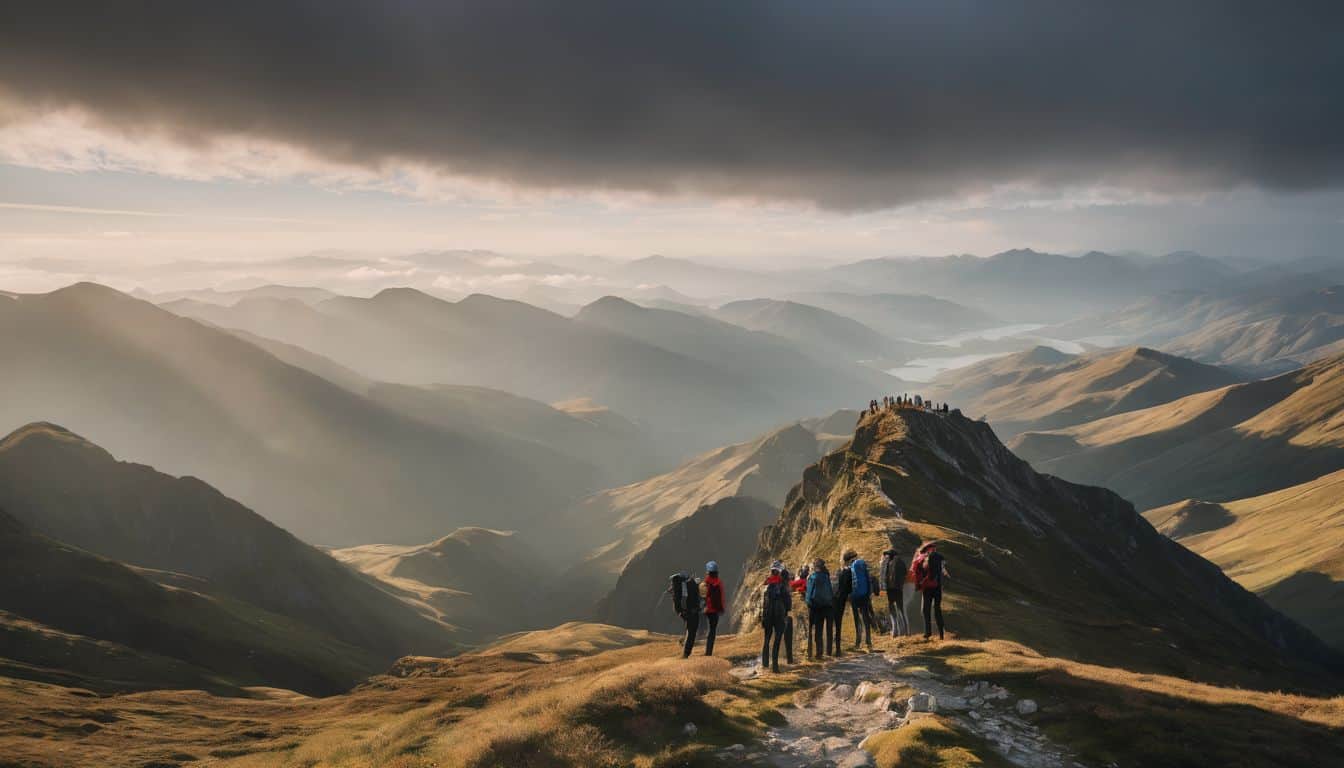
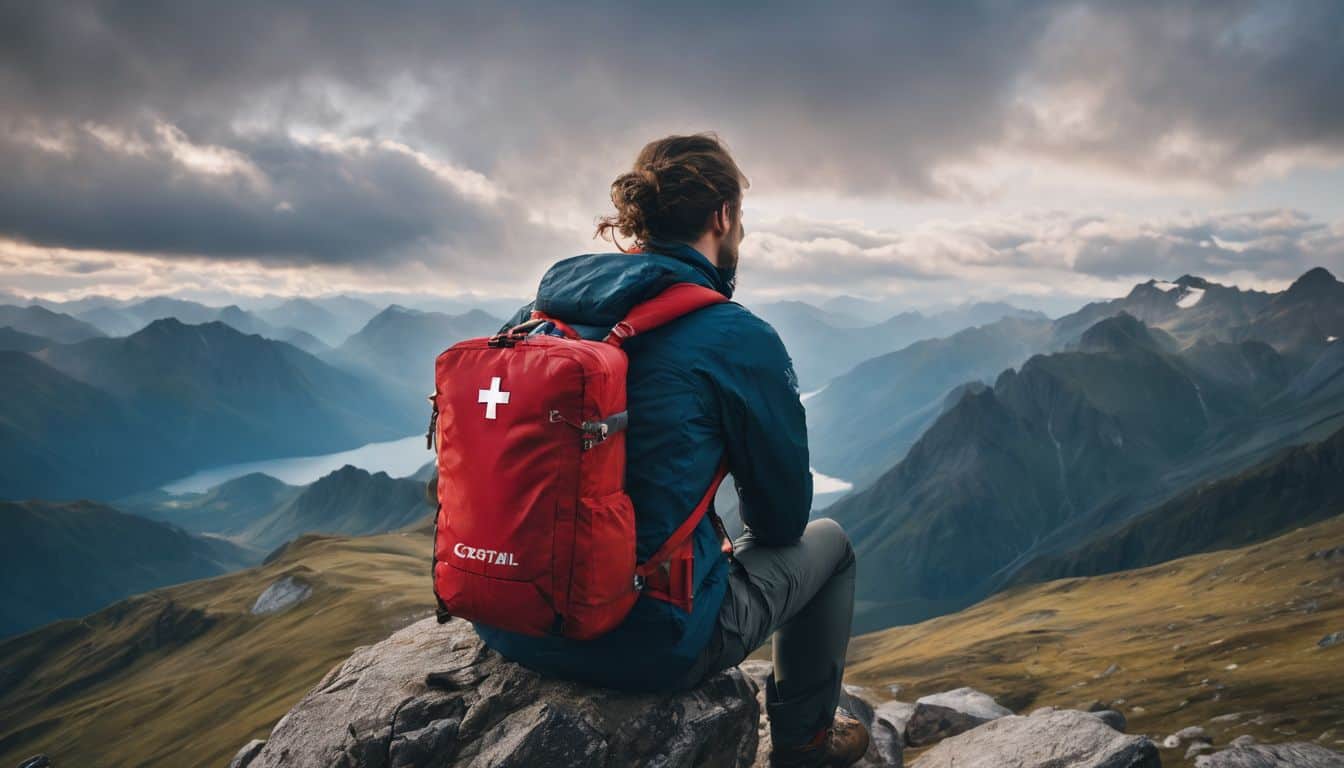
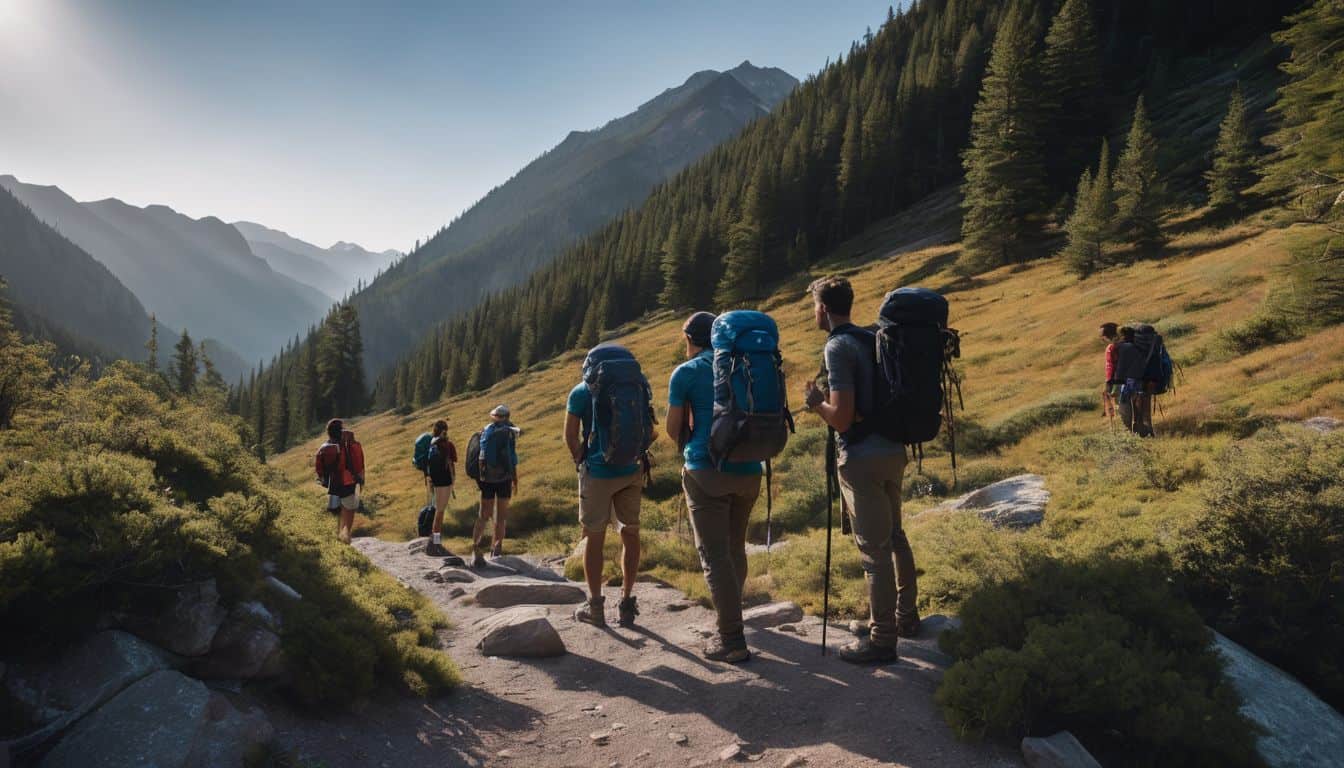
Leave a Reply